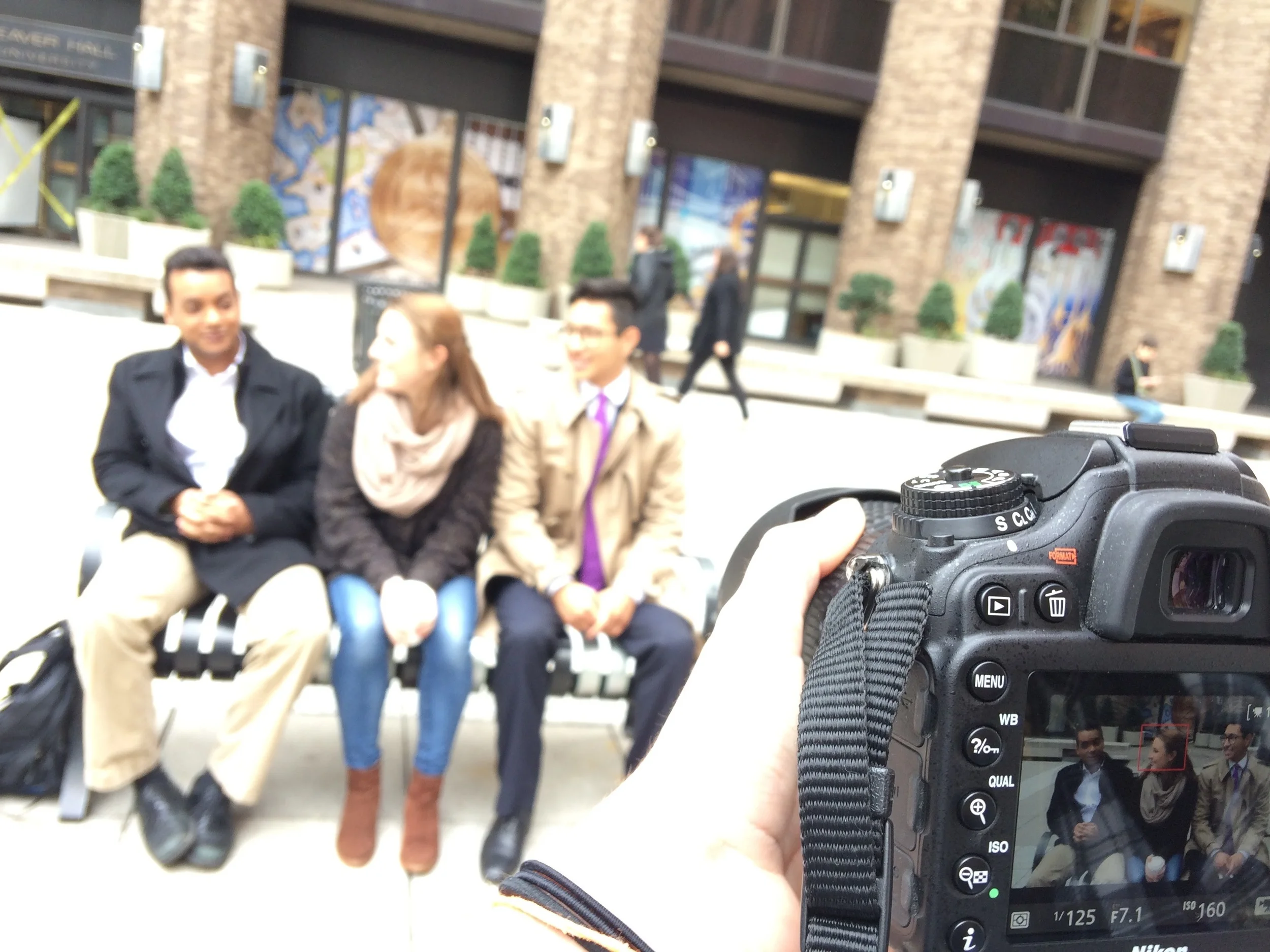So... What does NYU throw away? Why we’re tackling the coffee cup
/by Davis Saltonstall
Over the course of Spring 2015, Return Recycling sorted through about 150 pounds of trash from NYU’s Silver Center for Arts and Sciences. Yes. You heard that right. Every Monday, between the hours of 9am and noon, we opened up NYU’s garbage bags to see what people were throwing away and created an itemized list of EVERYTHING that students were disposing of in public spaces. We’ve taken a mini snapshot of results from that study to share with you today.
It may not be a surprise that 78% of all the items thrown away in NYU’s lounge spaces were food-related; but the breakdown of that “food-related waste” might turn some heads. Coffee cups (and all their attachments: sleeves, straws, lids, etc.)[1] made up a whopping 21.1% of total trash, napkins alone comprised 15.1%, plastic bags and wrappers totaled 10.7%, food waste itself counted 8.9%, bottles and cans were only 5.3%, to-go containers came in at 4.9%, and paper bags counted as 2.5%. There are many other items I’m leaving out, disposable plates, plastic cutlery, and other miscellaneous items, but they’re noticeably smaller percentages of the total waste disposed (think .5% and smaller).
What’s that tell us necessarily? Well… you’re not the only student with a coffee addiction or the desperate need for a mid-day snack. The majority of student waste in the Silver Center can be tied back to the disposables received from local food vendors around Washington Square Park. More fun still… in the coming weeks we’ll release information on what companies students using the spaces in Silver are purchasing most of their coffee, lunch and snacks from based on the trash that was well-labeled. Hint: it’s not the dining hall.
With just this basic information on trash by category though, it’s possible for us to imagine ways of dramatically reducing the waste that students dispose of on a daily basis. If we want to attack the heart of waste issues at NYU, this study tells us we should probably start by addressing disposables associated with food industry around the square… and figuring out a way to shrink the number of coffee cups students toss every day.
[1] In our study we counted the different components of “coffee cups” as separate items. Why? Not every coffee cup had a sleeve, lid or straw—and in many cases these different components were made out of different materials. When we look at each of these components alone; coffee cups (plastic and paper) comprise about 8% of the total trash, lids make 6%, straws make 3.9%, and sleeves make 2.8%. So in reality the 21% might seem a bit of an inflated statistic, but it shows just how many separately manufactured items are simultaneously being disposed of.






















